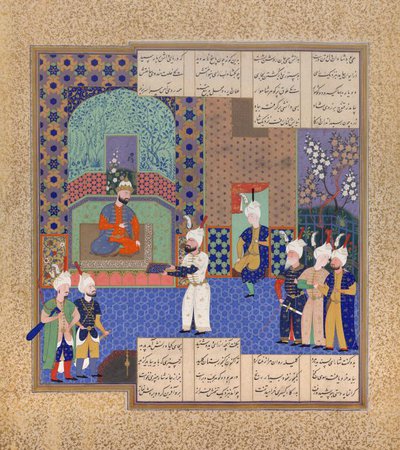During a 2009 site visit to the port city of Al Zubarah, an archaeological team unearthed this pearl chest - a relic from the 18th century, a time marked by a booming pearl trade.
Originally belonging to a tawash (pearl merchant) who conducted his business on the pearl banks near Al Zubarah, a pearl chest such as this one usually held items key to the sale of pearls, such as scales, pearling books and other tools.
Discovery site
The chest was found in an archaeological site comprising the courtyard of a traditional home that featured clearly defined areas, such as one for cooking and another for the production of date syrup.
Decorative elements, such as a dhow etching in the plaster of one of the walls and on a doorway in the entrance hall, plus the unearthing of the bishtakhtah on its grounds, suggest that the home likely belonged to a merchant family involved in the pearl trade.




